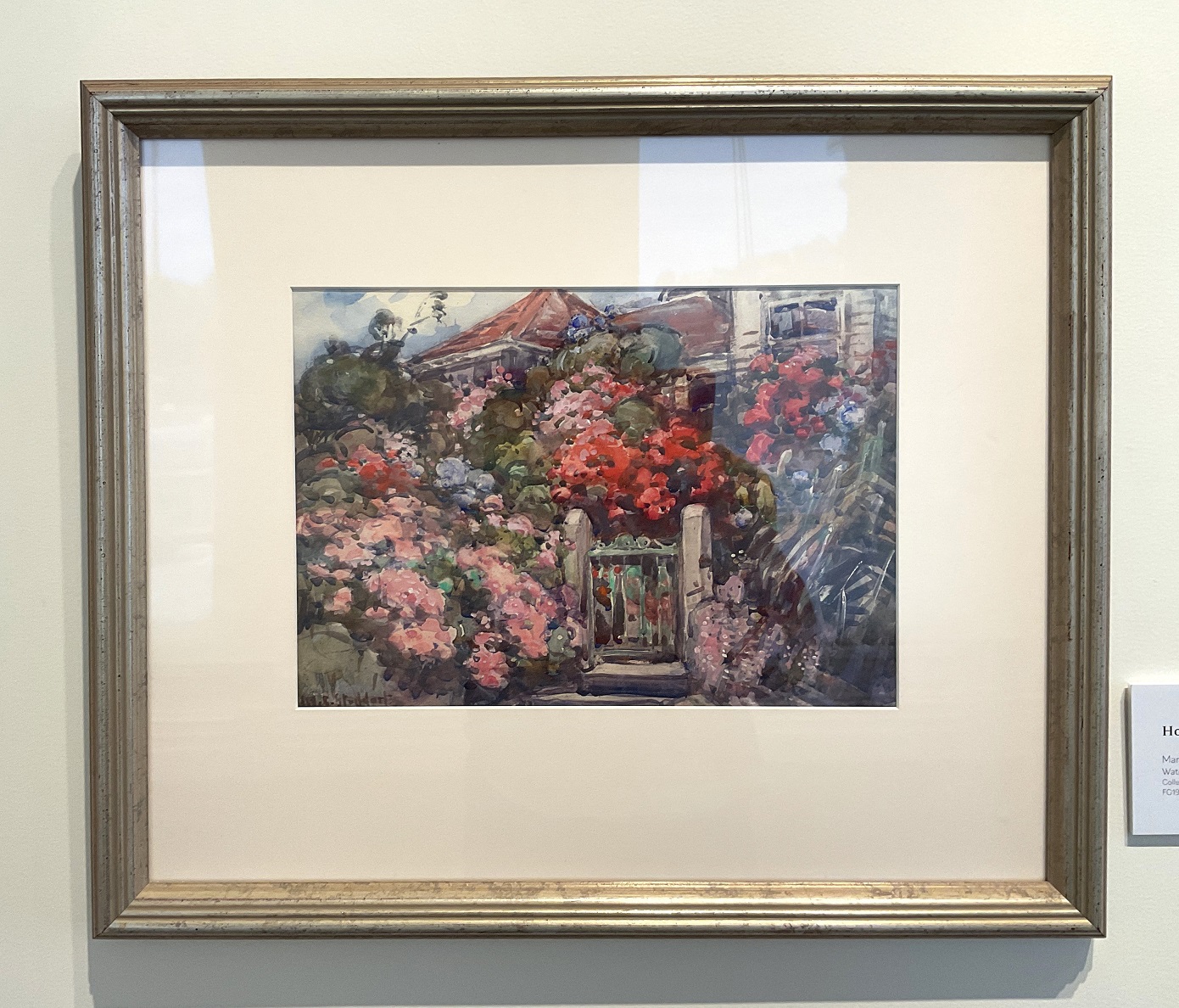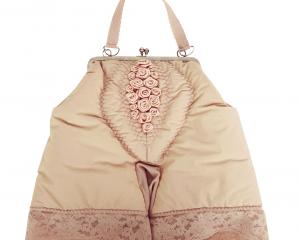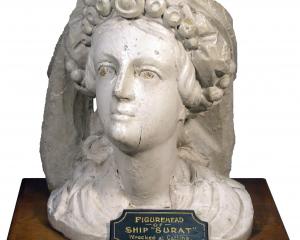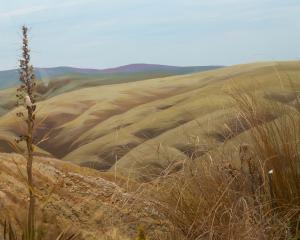

For our current collection exhibition "Hour after Hour", I explored landscapes through the lens of seasonal change; I wanted visitors to experience the southern seasons as they progressed through the exhibition. There were many choices to make, especially as the Forrester Gallery’s permanent collection is dominated by imagery that speaks about, to and of place. As Brian Turner writes in his poem Hour after Hour (2002), "There has to be beauty/in the land around you/or you can’t live there ...", which is equally true of the Waitaki region as it is of Central Otago.
One of the artworks on display is House in a Summer Garden, by Margaret Stoddart (1865–1934). Donated by the North Otago Art Society in 1983, House in a Summer Garden was one of 37 founding works that made up the initial Forrester Gallery collection.
From a very early age Margaret was interested in the botanical. Born at Diamond Harbour on October 3, 1865, Margaret grew up in a family who placed a high value on art and education, especially natural history, and the Stoddart’s often explored the natural world together.
When the Canterbury College School of Art opened in 1882, Margaret Stoddart and her sister Frances were among the first students. Taught botanical drawing and flower painting as subjects, both Margaret and Frances were influenced by the College’s emphasis on close observation, accuracy and truth to nature. Fresh plants were minutely examined in weekly Friday lectures.
In 1883, aged 17, Margaret made her debut at the Annual Exhibition of the Canterbury Society of Arts with a variety of floral works. On April 16, 1883 a reviewer in the Auckland Star described Margaret’s watercolour lilies as "the best piece of work ... beyond doubt" in the exhibition.
The popularity of flower painting among artists may have originated in part from art school botanical classes, but the local art scene inherited from Victorian Britain an association linking women with nature, especially flowers. Flowers and femininity were closely allied in the home where well-off women crocheted doilies, appliqued cushions, crafted bouquets, pressed flowers, and embroidered traycloths with floral motifs.
Reflecting nature’s cycle, flower painting participates in the still life’s traditional theme of transience. Ultimately, when choosing works for "Hour after Hour", this was a recurring theme — one cannot appreciate seasons without thinking of their fleetingness.
Between 1883 and 1899, Margaret showed no fewer than 35 paintings of native flora at art society exhibitions. During this time, she became a member of the Palette Club, an association of artists who were committed to working from nature en plein air. Before long she had established a reputation as one of the country’s foremost flower painters.
In the late 1890s and again from 1901-06, Stoddart travelled to Europe to paint, study and exhibit. She studied for a time with Charles Lazar, during which time she experienced the impact of English impressionism, increasing the number of her en plein air landscapes. After her return to New Zealand in 1906, she settled back in Christchurch resuming her interest in the botanical. By the 1920s gardens had become an established subject in her work.
Typifying her garden works, House in a Summer Garden is either of a hill property near Margaret’s own home at 15 Hackthorne Rd, Cashmere, where she lived from 1912, or on Clifton Hill where she often painted in the 1920s.
The artwork is vibrant; the unbridled nature of the flowers buries the house in a cascade of blooms. There is a lushness and abundance that encapsulates summer. One can almost feel the shimmering of warm air.
Rosalie Elliffe is curator of visual arts at Forrester Gallery Te Whare Taoka o Waitaki.












